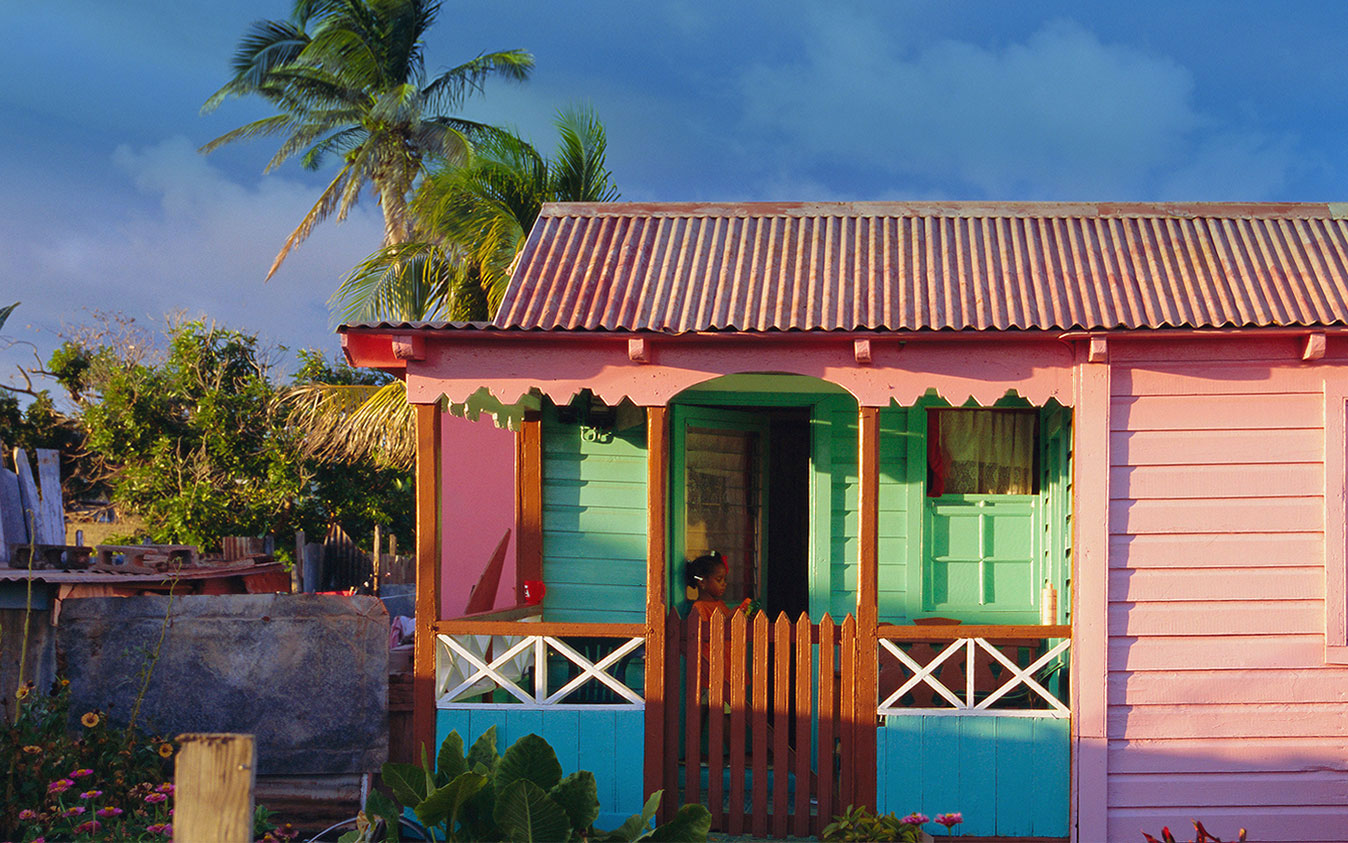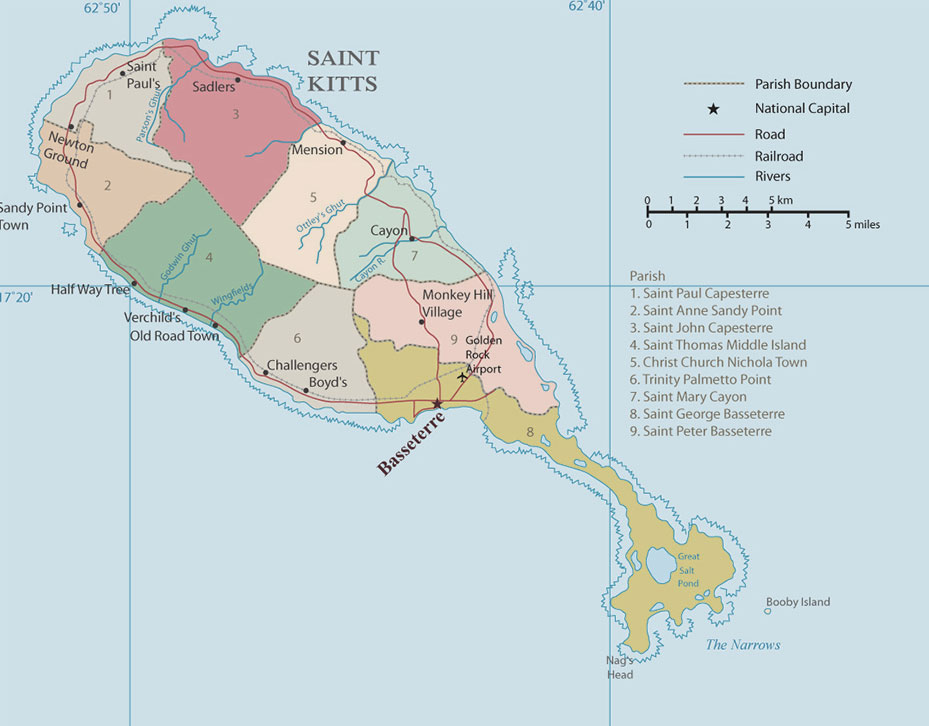Discover
the stories of our proud and friendly people, our charming and colourful villages, our fascinating ruins, our intriguing rain forests,
and our traditions that span centuries.
Our People

Euclid Hanley
Euclid Hanley Euclid Hanley was born on the 22 May 1940 in Butler’s Village, Nevis and moved to St. Kitts at a very early age. He grew up in the household of the Stanleys who owned a grocery on the north western corner of Central and College Street and lived above it. Eventually he found work at City Drug Store until he was ready to start his own business. His johnny cakes, patties, fried fish and...
Read more
Sir Robert Llewelyn Bradshaw
Robert Llewelyn Bradshaw Robert Llewellyn Bradshaw was born on the 16th September 1916 in St. Paul’s Village, St. Kitts. His mother, Mary Jane Francis was a twenty-year-old domestic servant, his father William Bradshaw was a blacksmith who migrated to the US when his son was only nine months old. Young Robert, who was described by some as a dull and reticent youth, was brought up by his grandmother who ensured that he behaved himself and went...
Read more
Cromwell Ira Bowry
Cromwell Ira Bowry Cromwell Ira Bowry was born in Dieppe Bay on the 24th November 1925. He was the last of nine children born to Jedidiah Bowry and his wife Catherine nee Gumbs. His friend Lloyd Francis, whom Bowry saw as a champion cyclist taught him how to ride a bicycle and made him “venture into the ‘deep’ of Dieppe Bay’s waters and learn to swim. Mrs Bowry had been the Headmistress of the Dieppe Bay Methodist...
Read moreOur Places

Salt Pond
Salt Pond, St. Kitts English and French settlers started setting up colonies on St. Kitts from 1624. They share the island and agreed to keep the peace unless war was declared by their sovereign nations. The area now called the Salt Ponds was to be used in common. The very narrow isthmus that connects the Salt Pond area to the main part of St. Kitts was very hilly and heavily wooded making it easier to access the...
Read more
St Thomas Anglican Church
St. Thomas Anglican Church, Middle Island St Thomas Anglican Church occupies the site of the first Anglican Church in the West Indies. The first building would have been made of wood and designed to hold a few English Settlers. Changes were made to it over the years to allow for larger congregations and to rebuild after hurricanes and earthquakes. In 1622 St. Kitts saw the arrival of an English group of settlers lead by Thomas Warner. They...
Read more
The Westley Chapel
The Westley Chapel, also referred to as the Methodist church, is a solid square stone building located on Seaton Street just off of Victoria Road. It is slightly to the north of St. George’s Anglican Church. Methodism arrived in St. Kitts late in the 18th century. On the 18th January 1787, Thomas Coke and three Methodist missionaries, Messrs Baxter, Hammet and Clarke arrived in St. Kitts from Dominica. News of their intended visit had preceded them...
Read moreOur Events

The Arts Festival - 18 Aug 1964
Arts Festival - String Band, St. Kitts On the 18th August 1964, the Education Centre, now the Basseterre High School, was the venue of “an evening of One Act Plays”. The plays were The Doctor in spite of Himself, by Moliere produced by Eustace John and Sunday Costs twenty-five dollars produced by Aimee Dinzey. This was the beginning of the first Arts Festival in St. Kitts that was to last for 15 days. The idea of an...
Read more
Statehood 28th February 1967
Statehood flag The West Indies Federation was an experiment in unity for the English Speaking Caribbean and should have resulted in an independent West Indian nation.. After long discussions it came into being in 1958. Elections took place that year but Jamaica and Trinidad did not join the new political unit with the same commitment as the other islands. Economic prosperity meant that these two islands did not feel the need to be part of a...
Read more
Carnival - New Years Day
In June 1957 Basil Henderson, Major L.N Alphonso, Tony Lawrence, Leroy Coury, Alexis Knight, E Vanterpool and Al Barker formed a temporary committee entrusted with the planning of St. Kitts’ first Carnival. It was felt that a Carnival along the lines of the Trinidad one would help the economy and give visitors something to look forward to. By the end of that year St. Kitts had its first queen show, Calypso Show and street parade...
Read more"In this bright future, you can't forget your past"
Interactive Map
Move your mouse over the red map markers to view information about each particular location. To read more, click the marker for further information. Locations may also be selected using the adjacent listbox.




